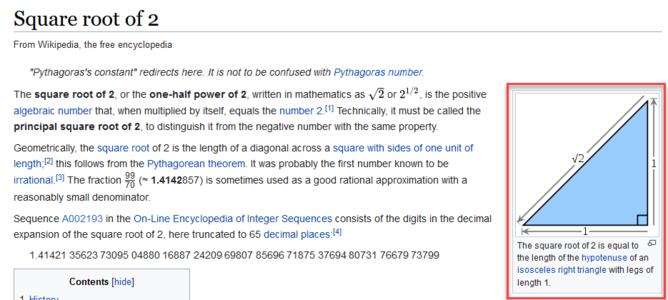I’ve considered a small lathe but not for masts as the ones I’ve seen so far have a straight leading edge with the aft side tapered. Perhaps this is only certain types of ships. A lathe would not help with this, but would for turning spindles and other parts. I thought spars also had a flat edge as well.
-

Win a Free Custom Engraved Brass Coin!!!
As a way to introduce our brass coins to the community, we will raffle off a free coin during the month of August. Follow link ABOVE for instructions for entering.
You are using an out of date browser. It may not display this or other websites correctly.
You should upgrade or use an alternative browser.
You should upgrade or use an alternative browser.
Will try and add a few more photos of my process for the spars. All the mast parts are completed.So glad you’re going through this ahead of me.Will follow closely on your method for shaping these masts.
Did you take any pics of your mast shaping method? Especially after that discussion with the 6mm dowel and making a 6mm square. Did you shape down to the 5mm square mark then add 1mm thick planking to build back up?Will try and add a few more photos of my process for the spars. All the mast parts are completed.
Not doable!Did you take any pics of your mast shaping method? Especially after that discussion with the 6mm dowel and making a 6mm square. Did you shape down to the 5mm square mark then add 1mm thick planking to build back up?
From a round dowel the maximum square you can make of course has a diagonal equal to the diameter of the dowel. The square can be divided into 2 right angle triangles and the hypotenuse of these triangles will be equal to the diagonal of the square. Thanks to Pythagoras we can calculate the length of the side as hypotenuse / square root of 2. Thus the max side of a square you can make from a 6 mm dowel = 6mm / √2 = 4,24mm
Last edited:
No pix. I did square up the dowel then added planking to get it up to 6mm. Did that to all the places where it was needed. I laid two 1mm planks parallel, put the mast between them. Then put a small drill press vice over the top and tightened the screw. When I turned it over I had 1mm of dowel showing above the vice surface which I sanded down with a Dremel. Turned to dowel 90° and repeated. After four turns I had a pretty good square section. Kind of odd but it worked for me. Next build I'm getting some square stock to start with.Did you take any pics of your mast shaping method? Especially after that discussion with the 6mm dowel and making a 6mm square. Did you shape down to the 5mm square mark then add 1mm thick planking to build back up?
Not only is my math bad, I can't spelll either.Not doable!
From a round dowel the maximum square you can make of course has a diagonal equal to the diameter of the dowel. The square can be divided into 2 right angle triangles and the hypotenuse of these triangles will be equal to the diagonal of the square. Thanks to Pythagoras we can calculate the length of the side as hypotenuse / square root of 2. Thus the max side of a square you can make from a 6 mm dowel = 6mm / √2 = 4,24mm
You are correct with the end result. You would need a 7mm dowel to get 5mm square. So I guess make a square and still add the 1mm planking all around to bring it to 6.24mm then sand down to 6 mm.Not doable!
From a round dowel the maximum square you can make of course has a diagonal equal to the diameter of the dowel. The square can be divided into 2 right angle triangles and the hypotenuse of these triangles will be equal to the diagonal of the square. Thanks to Pythagoras we can calculate the length of the side as hypotenuse / square root of 2. Thus the max side of a square you can make from a 6 mm dowel = 6mm / √2 = 4,24mm
HahaNot to be picky but square root of 36 (6x6) , not square root of 2. You are correct with the end result. You would need a 7mm dowel to get 5mm square. So I guess make a square and still add the 1mm planking all around to bring it to 6.24mm then sand down to 6 mm.

and no need to make it that complicated. 4.24 is the maximum size. It is easily sanded down to 4 x 4 mm and if you then add 1 mm to each of the 4 sides you end up with 6 x 6

